Unlocking Knowledge: Navigating the Future of Education with AI in Learning Applications
AI is reshaping the world. As part of that transformation, AI and machine learning applications are bringing about a renaissance in education.
From the way students engage with content to the way educators approach students, deep learning AI applications are making it easier for educational institutions to achieve their mission. But what does the future of learning technologies look like? And how will AI in education reshape the way we learn and teach?

Exploring the Possibilities of AI in Education
Georgia State University was one of the earliest institutions to adopt an AI-driven student advisory system. Their signature platform, Pounce, was built with the objective of helping students achieve timely graduation by increasing retention rates and bolstering engagement.
To achieve that, AI deep learning applications like Pounce will pour through vast quantities of student data. That might include both obviously relevant data, like academic records, but also seemingly incidental information, like student interests and hobbies. With deep learning, AI like Pounce can discover and leverage uniquely powerful data discoveries.
Those discoveries allowed GSU to identify at-risk behavioral patterns, allowing them to provide early alerts to advisors whenever students were likely to find trouble. Using Pounce’s predictive analytics, GSU was able to forecast which students were likely to face difficulties… and in which courses. From there, advisors were able to head off potential issues before problems had the opportunity to escalate.
Systems like Pounce are the future of learning technologies and similar adaptive learning platforms are just one example of how you can achieve personalized learning with AI.

FAQ’s
- How does AI enhance personalized learning experiences for students?
Educators are trained to understand the differences in how students learn, but with large class sizes, it can be difficult to identify and adapt to each student’s needs. AI and machine learning applications are trained for the same task of identifying differences in learning. That means student performances can be analyzed to adapt the content & pace of instruction. Which also makes it easier to accommodate the proficiency and learning speed of the individual.
Performance analytics can also be used to recommend personalized materials, highlight areas that need improvement, or generate quizzes. Students can then receive instant feedback on those assessments to help them correct mistakes promptly.
- What are the key features of AI-powered educational tools?
Making a complete list of possibilities is difficult because AI deep learning applications are able to make useful discoveries in data that are hard to predict. However, deep learning AI applications can be applied to a wide range of important tasks.
Some of their most exciting features include things like personalized content recommendations, student performance analytics, real-time performance feedback, automated exam administration, and remote learning support. AI-powered educational tools can also provide considerable remote learning support, as well as open up numerous opportunities to make learning more engaging through gamification.
- How do educators benefit from incorporating AI into their teaching methods?
AI isn’t about to replace the critical role played by talented educators, but by incorporating AI tools into their repertoire, educators can become far more proficient.
That’s because AI can be used to help create or enhance existing lesson plans. It can assist in finding and adapting the material selected for students. It can cut down on the time an educator spends doing menial tasks, like grading quizzes, therefore creating more opportunities for one-on-one time with individual students.
Giving AI tools to educators is essentially the same as giving computers to educators. The difference is that AI can extend your proficiency even further.
- What challenges does the integration of AI in education face, and how can they be addressed?
Educators needed to learn how to use computers before they could practice their craft with those tools. They will also need to learn how to make proficient use of AI in education. Fortunately, AI-based training programs are just as effective at helping educators catch up as they are at assisting other types of students.
Another challenge is the quality of educational content recommended by an AI learning application can vary widely. That problem is solved by ensuring educators can remain intimately involved in guiding the curriculum selection process, as well as continually updating that selection based on user feedback and learner outcomes.
One more area of concern is data privacy and security. That’s because collecting and storing student data is liable to create security concerns related to breaches or misuse. Robust data protection policies can be used to guarantee compliance with regulations related to data storage and transmission.
Finally, AI can develop its own biases, which can lay the groundwork for potential discrimination. Those problems can be addressed by regularly auditing algorithms to uncover biases, ensure they’re designed to prioritize transparency and make certain that stakeholders of diverse viewpoints remain involved in the decision-making process.
- Can AI truly adapt to the diverse learning needs of students?
Students have an array of diverse learning styles, including auditory, visual, and kinesthetic. They also have widely varied capacities to absorb and retain curriculum.
But with AI in education, it is possible for AI-Powered Educational Tools to adapt the curriculum to variable different styles and abilities. All it takes is the clever application of data analytics, personalized algorithms, and similar adaptive learning technologies.
In practice, that means AI in education can automatically adjust the difficulty level of the curriculum to the performance and preferences of students. It means you can deliver personalized feedback to highlight areas of improvement and areas of strength. It also means having an easier time identifying students who are struggling, so they can receive an early intervention.
In short, AI adapts to the needs of students because it can learn what works. That allows for truly custom, truly optimized learning paths to be generated, tracked, and continually improved for the benefit of students and educators everywhere.
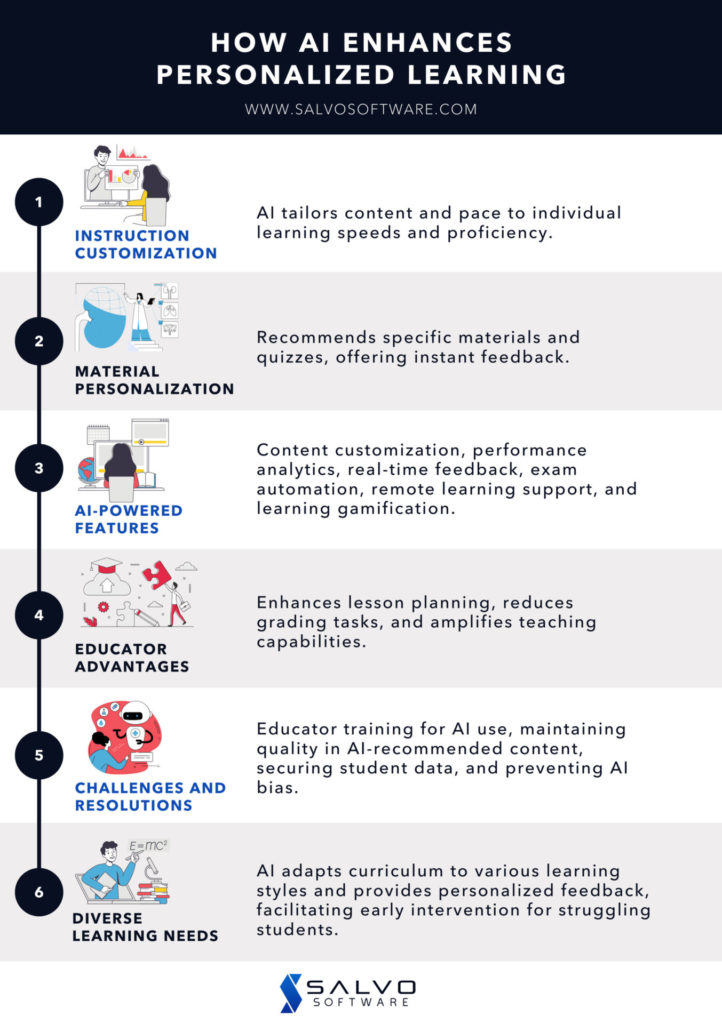


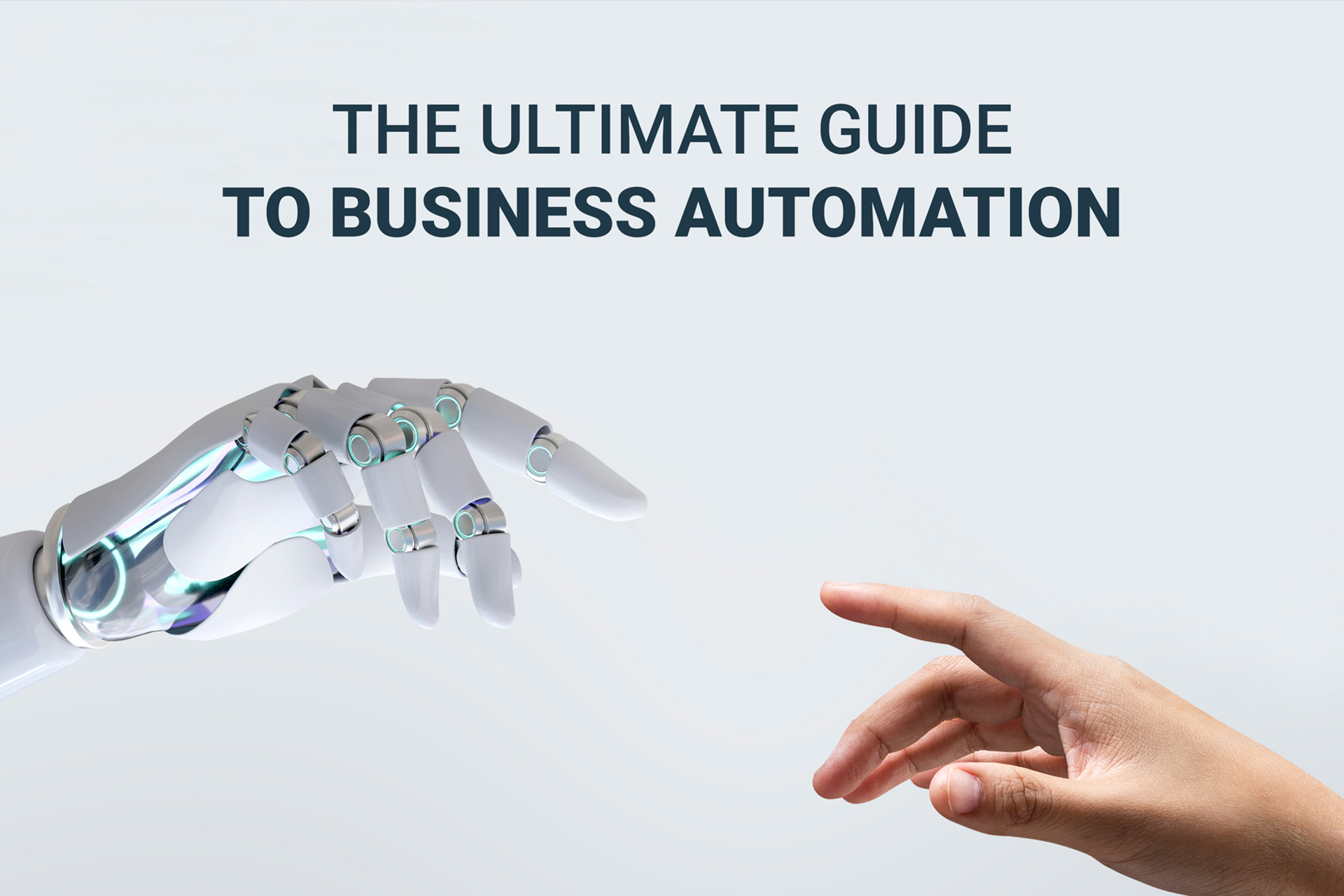 The Ultimate Guide to Business Automation: What is It, Why is it Important, How Does it Work?
The Ultimate Guide to Business Automation: What is It, Why is it Important, How Does it Work? 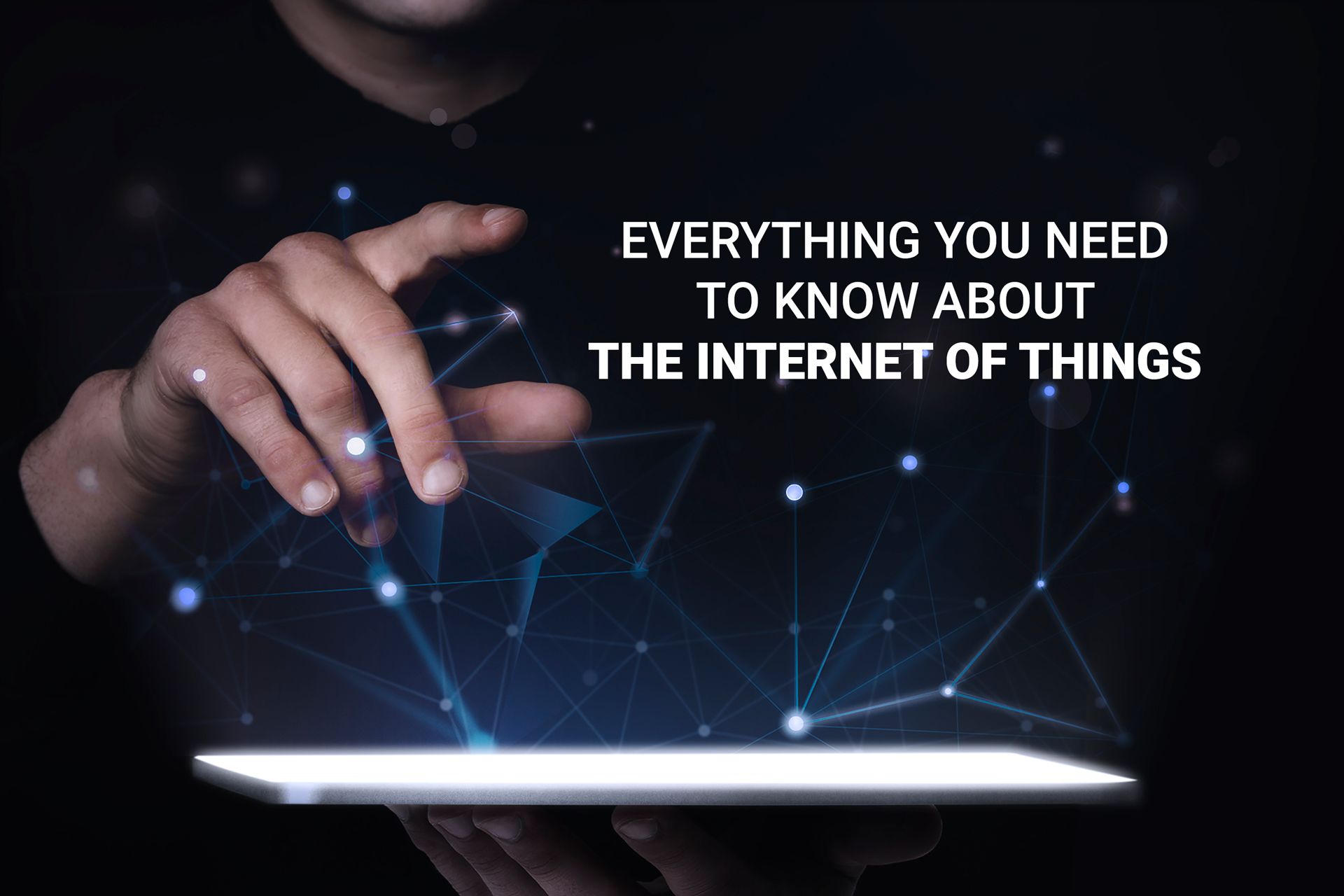 Internet of Things (IoT): A Beginner’s Guide
Internet of Things (IoT): A Beginner’s Guide 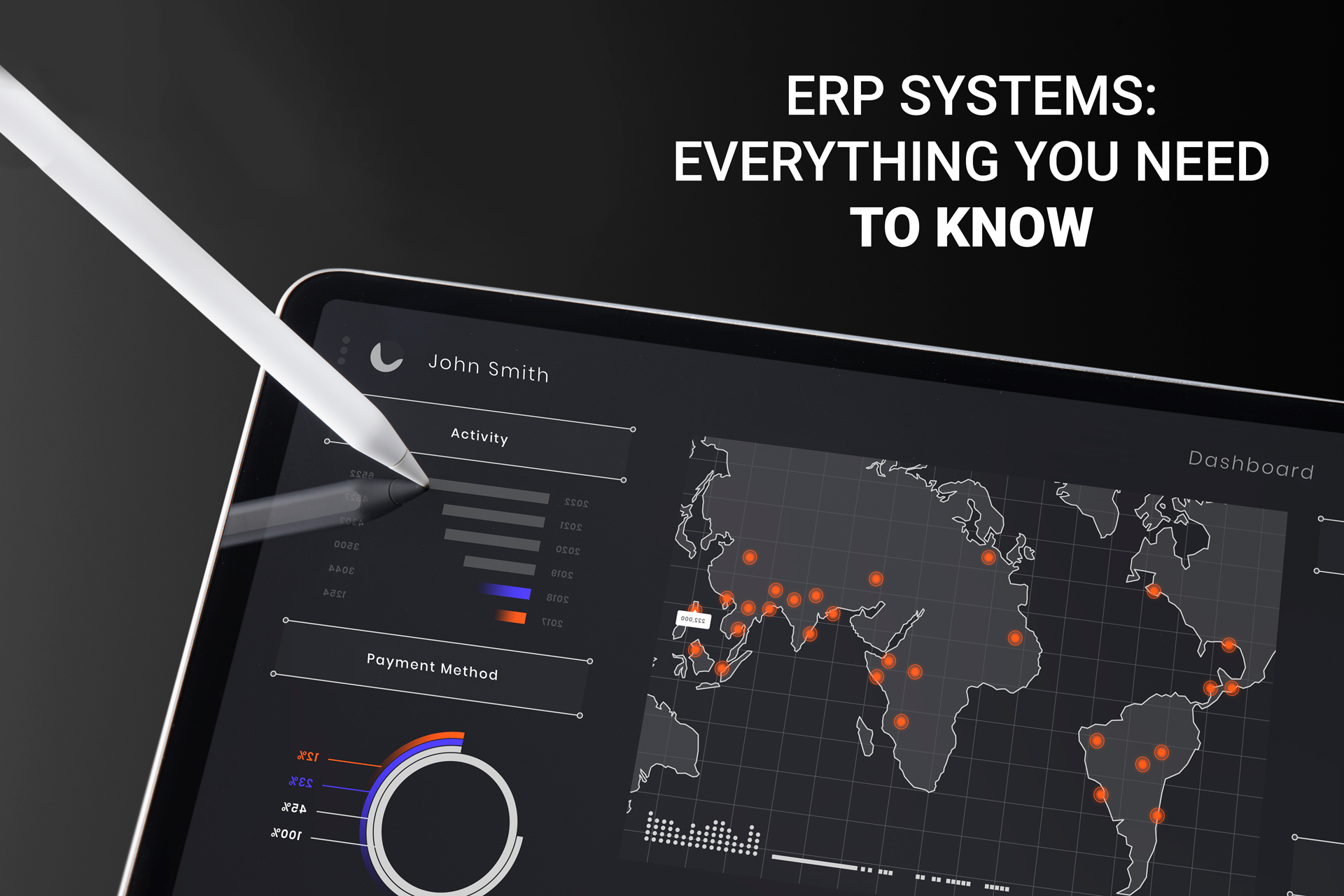 ERP Systems: Everything You Need to Know
ERP Systems: Everything You Need to Know 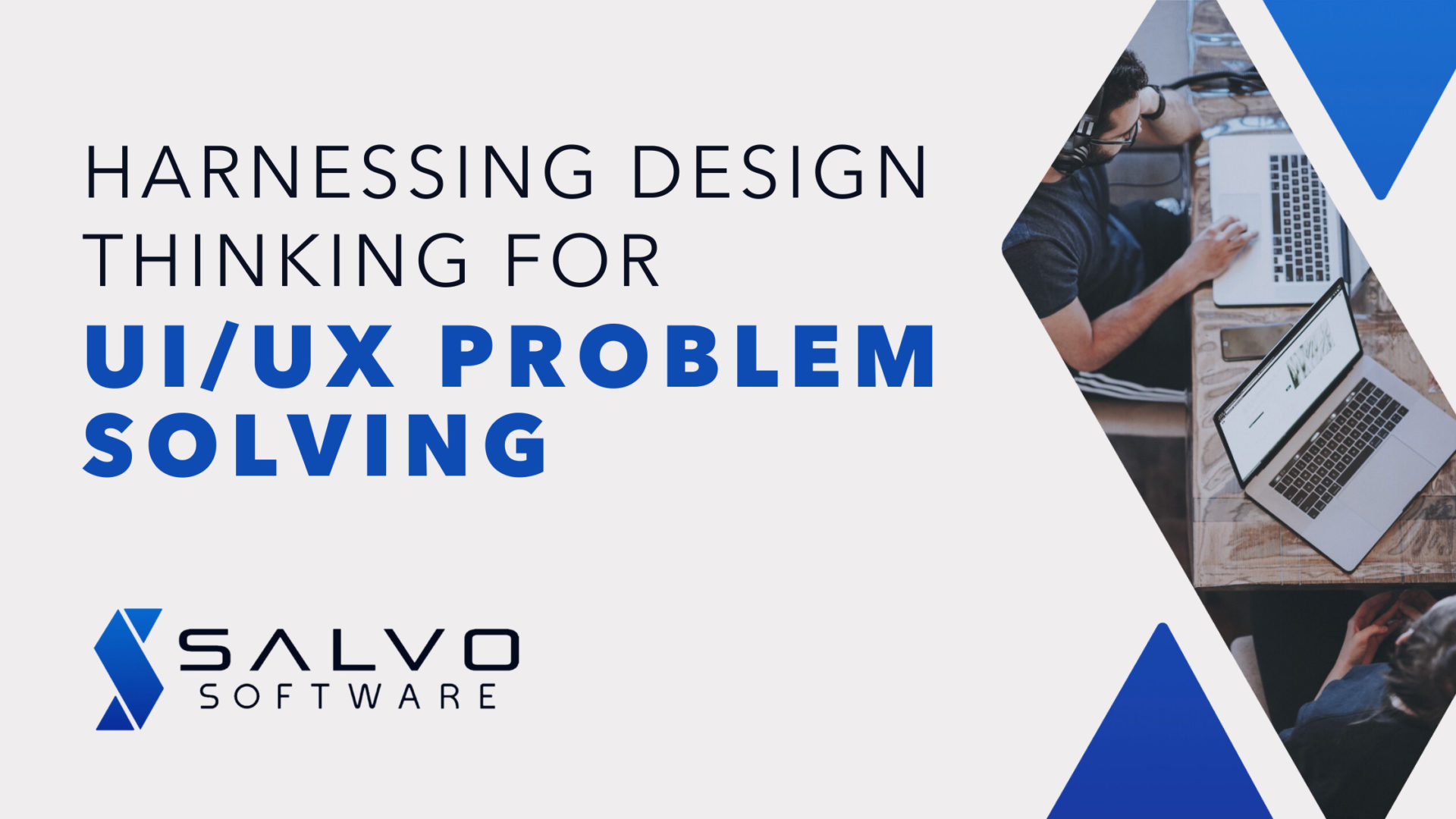 Crafting Exceptional Experiences: Harnessing Design Thinking for UI/UX Problem Solving
Crafting Exceptional Experiences: Harnessing Design Thinking for UI/UX Problem Solving 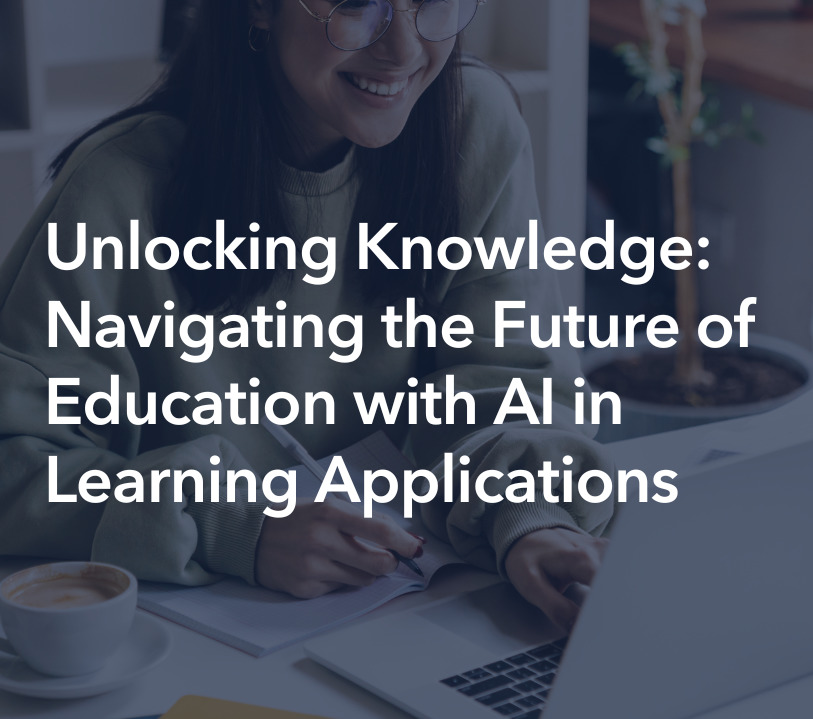 Unlocking Knowledge: Navigating the Future of Education with AI in Learning Applications
Unlocking Knowledge: Navigating the Future of Education with AI in Learning Applications